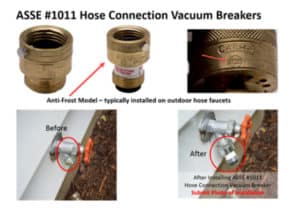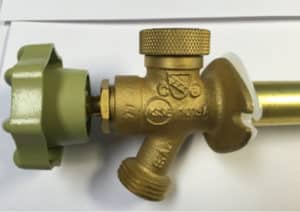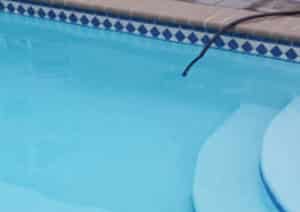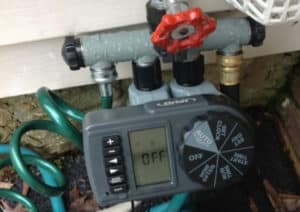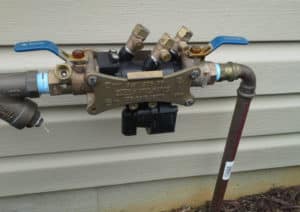A public water supplier may determine that specific residential water service connections shall be inspected (with appropriate notification in advance) for
potential cross-connection hazards.
HydroCorp has been contracted by the Palmdale to assist with their cross-connection control (CCC) program. The CCC program includes two parts: on-site inspections and backflow prevention assembly testing. The HydroCorp inspector will conduct a visual inspection of the water used outside of your home (outside spigots, lawn irrigation systems, secondary sources of water, pools, etc.) to identify cross-connections that could potentially contaminate your drinking water or the public water supply.
If your water provider requires an inspector to enter your home to evaluate other cross-connection and plumbing hazards inside your residence, you will be notified and instructed to schedule an appointment for your inspection.









